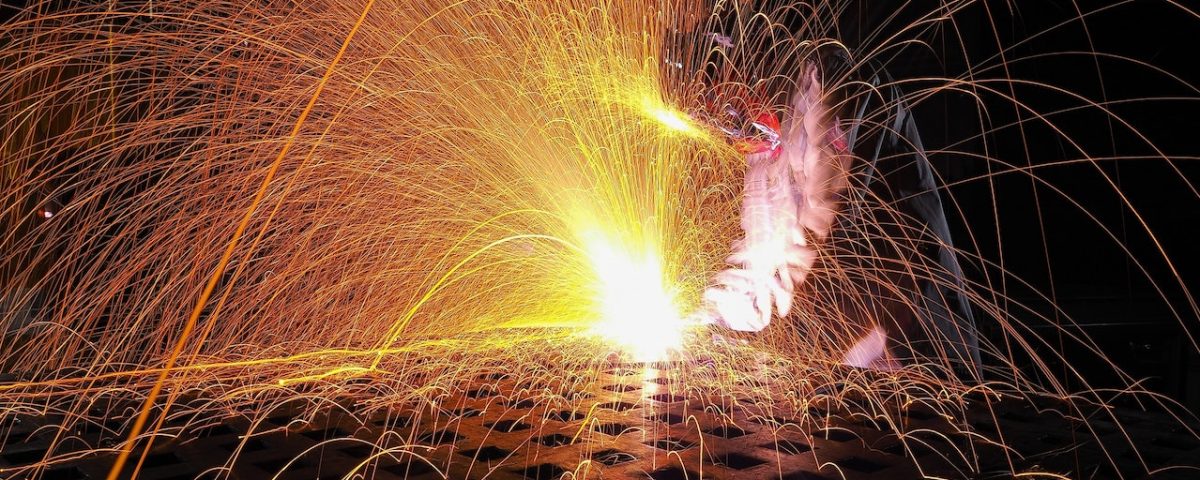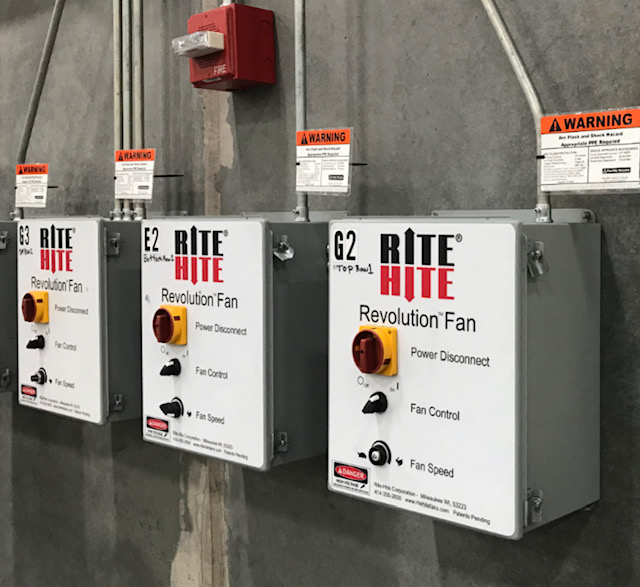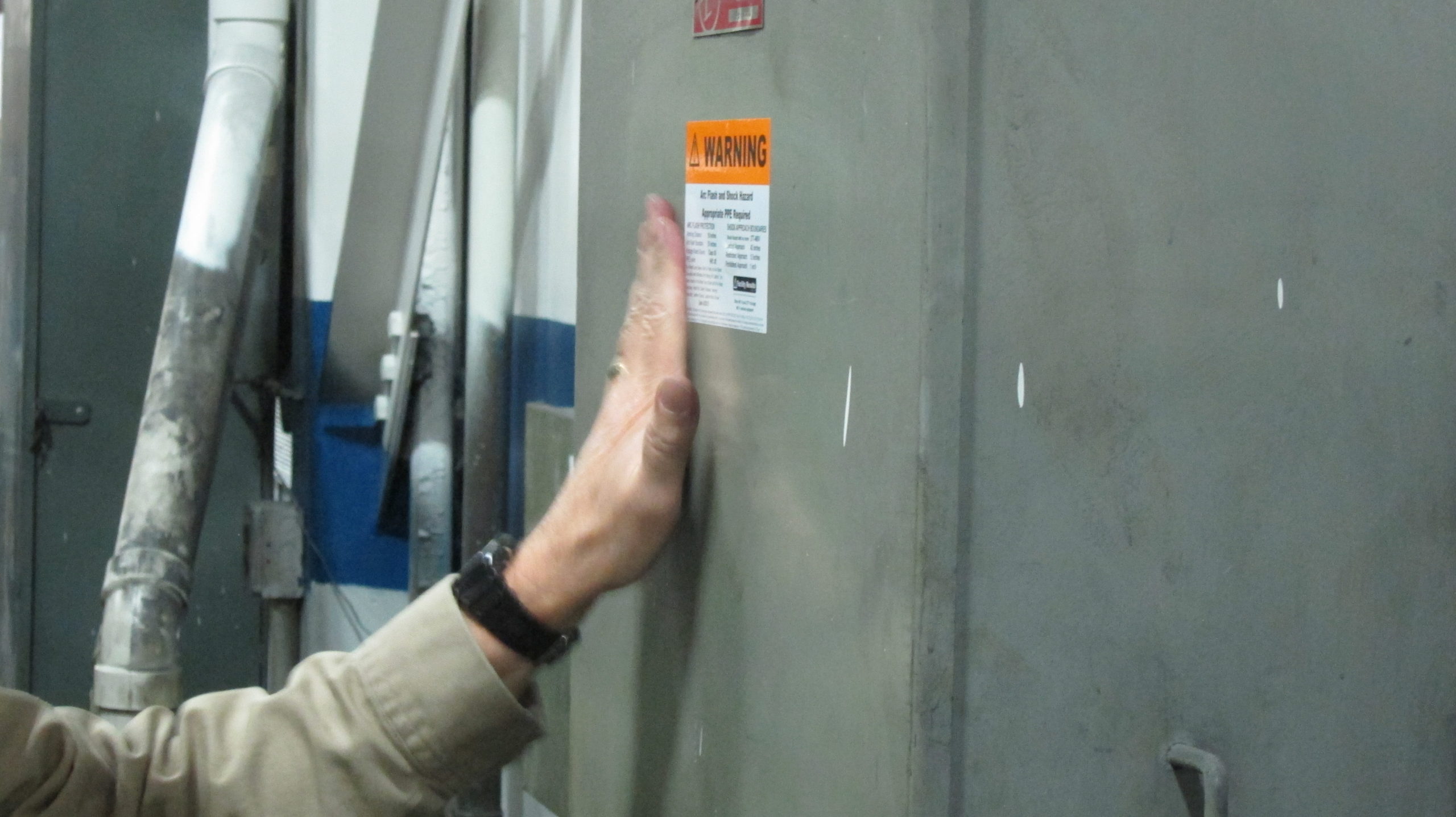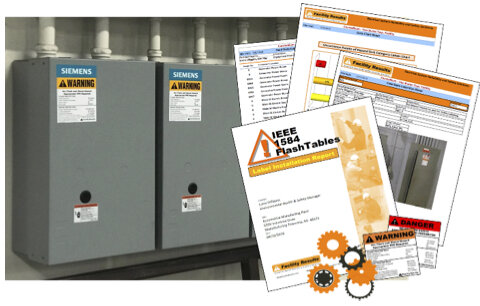Investing in Arc Flash Safety Training for Your Employees
October 9, 2022What You Need to Know about Arc Flash Protection and Osha
October 16, 2022First of All, What Is an Arc Flash Study?
It is an analysis of how much energy is released when an electric arc occurs. This information helps ensure the safety of qualified electrical personnel who need to work with electrical equipment and components that can’t be made electrically safe.
An engineered arc flash study defines the protocol for proper levels of PPE based on the shock and arc flash boundaries. Other benefits of the study include updated facility electrical documentation, including one-line diagrams and electrical equipment locations, and a short circuit & coordination study.
That said, it is always relevant to determine the process and the details of an arc flash analysis. Doing so will allow you to understand the proper execution along the way.
1. Acquire an Existing As-Built Documentation
An Arc Flash Analysis typically begins with gathering any existing electrical drawings and riser one-line diagrams that an owner may have. If no documentation is available for a certain electrical system, one-lines must be drawn up in the field, which requires a thorough survey of the area.
2. Ensure That There Is Field Verification
In order to load the data from the electrical drawings into the Arc Flash Analysis software, the drawings must first be field verified. This means that a survey of each site must be done to ensure that the one-line documentation is accurate and to document any missing information. This will allow for a more accurate one-line to be generated.
The equipment covers need to be removed so that we can inspect the equipment and identify the manufacturer and size of the protective devices, the type and length of the cables, the transformer impedance values, and the KVA size.
After collecting all the necessary information, the covers are put back on the equipment. It is very rare for the equipment to be de-energized.
3. Load the Information into the Software Package
This process ensures that the data on the drawings is accurate and up to date and that the results of the Short Circuit, Coordination, and Arc Flash analysis are on-point as well.
4. Run a Short Circuit Study
We use SKM Power Tools to evaluate the prospective short circuit currents at each bus in the system and then compare those values against the duty rating of the protective devices to ensure that the devices can handle the amount of current in the event of a short circuit.
If the amount of current flowing through a device is less than the amount of current the device can safely handle, the device will work as it is supposed to. However, if the amount of current flowing through the device is more than the device can safely handle, the device may fail and cause an arc flash.
5. Complete a Selective Coordination
A coordination study is a way to ensure that the electrical system is able to handle a fault without affecting other parts of the system. This is done by looking at the field data and using SKM Power Tools to determine the best way to coordinate the system.
This simply means that you need to compare the performance of different types of over-current protection devices to ensure that they are all working together properly.
6. Get an Arc Flash Evaluation
You may also need to evaluate the current condition of the equipment being considered in the study and make recommendations to lower the incident energy levels. This includes maximizing coordination between devices to protect against arc flash.
7. Accomplish a System Evaluation
In order to complete the Arc Flash study, you will need to generate labels and train your electrical staff. This will ensure that everyone is aware of the dangers of arc flash and how to avoid them.
Personnel Protective Equipment (PPE) is clothing and equipment worn by workers to protect them from electrical hazards. PPE must be selected and used based on the specific risks present in the workplace and must be properly maintained to protect workers from injuries.
The nominal voltage and arc flash boundary must be present on all labels. In addition, at least one of the following must also be present: available incident energy with the corresponding working distance, minimum arc rating of clothing, or specific level of PPE. It is generally better to provide more information than is required.
Who needs electrical safety training? Anyone who might work on or around electrical gear. This is the final step in an Arc Flash Analysis and ensures that all your staff are qualified to work safely with all types of equipment.
Conclusion
Indeed, an arc flash analysis is a critical step in ensuring the safety of employees working in an industrial or commercial setting. By taking the time to understand the potential hazards associated with arc flashes and implementing preventative measures, companies can minimize the risk of serious injury or death.
Some notable steps to complete an arc flash analysis include acquiring an existing as-built documentation, ensuring that there is field verification, and getting a system evaluation.
If you are looking for a company that provides arc flash analysis, look no further than our services here at Facility Results. Some of our notable services include arc flash training, NFPA 70E training, services, and products to keep your team safe. Call us today, and let us analyze the safety levels of your facility and powerlines in no time!




